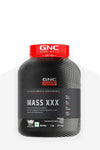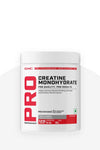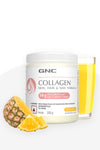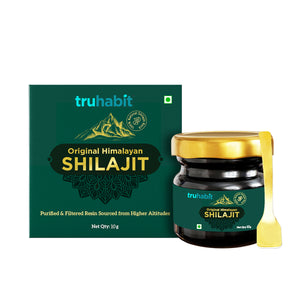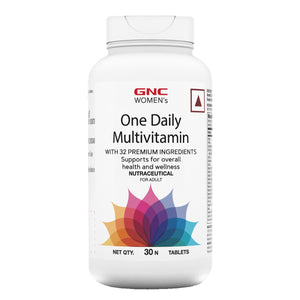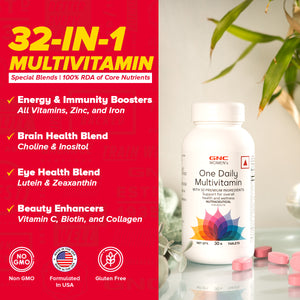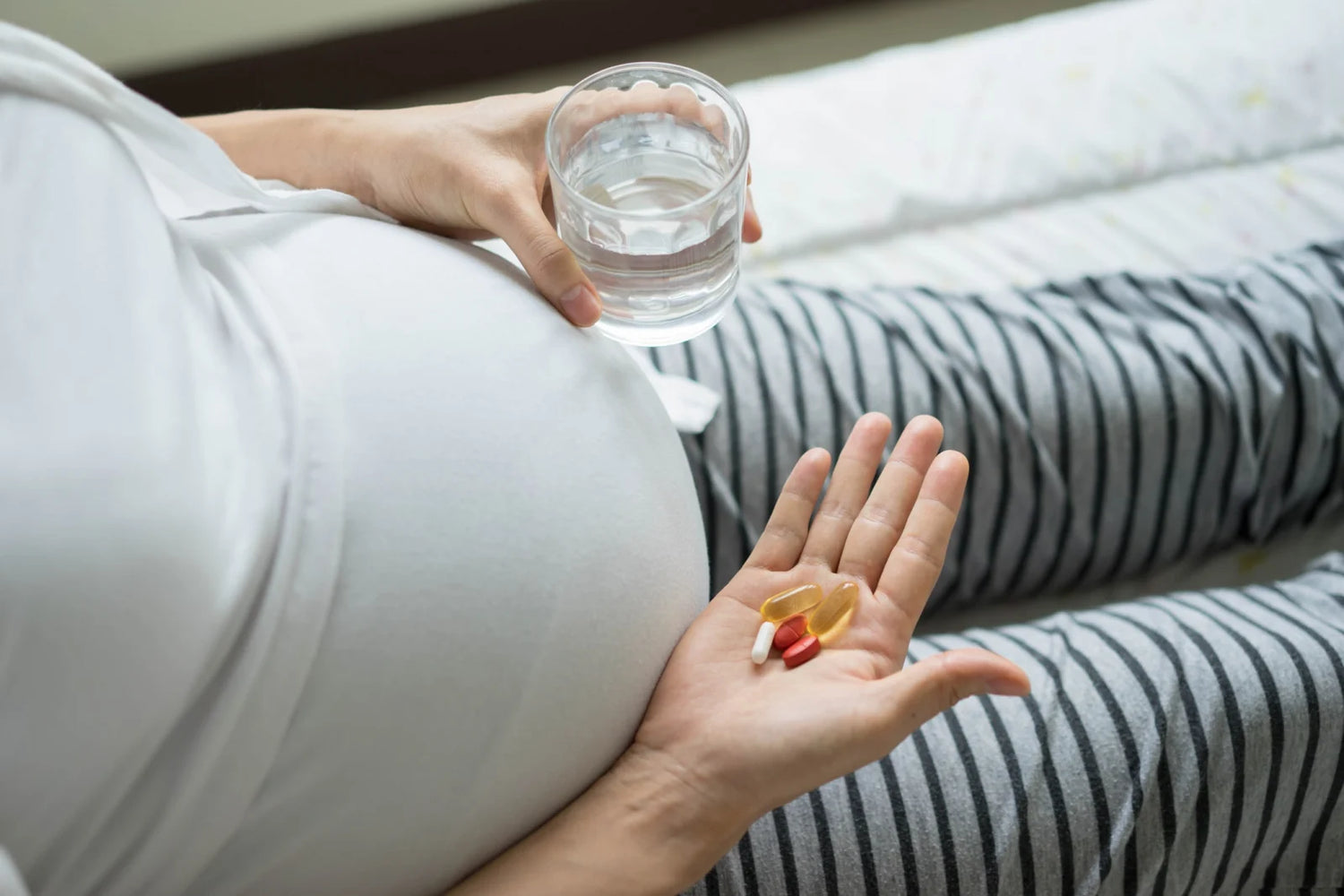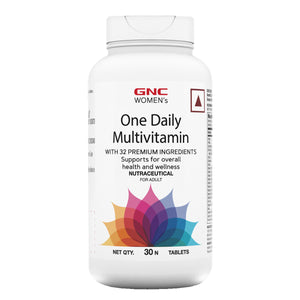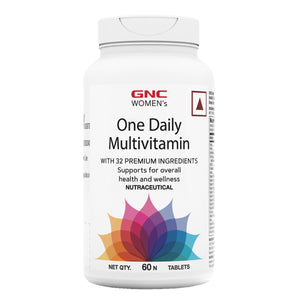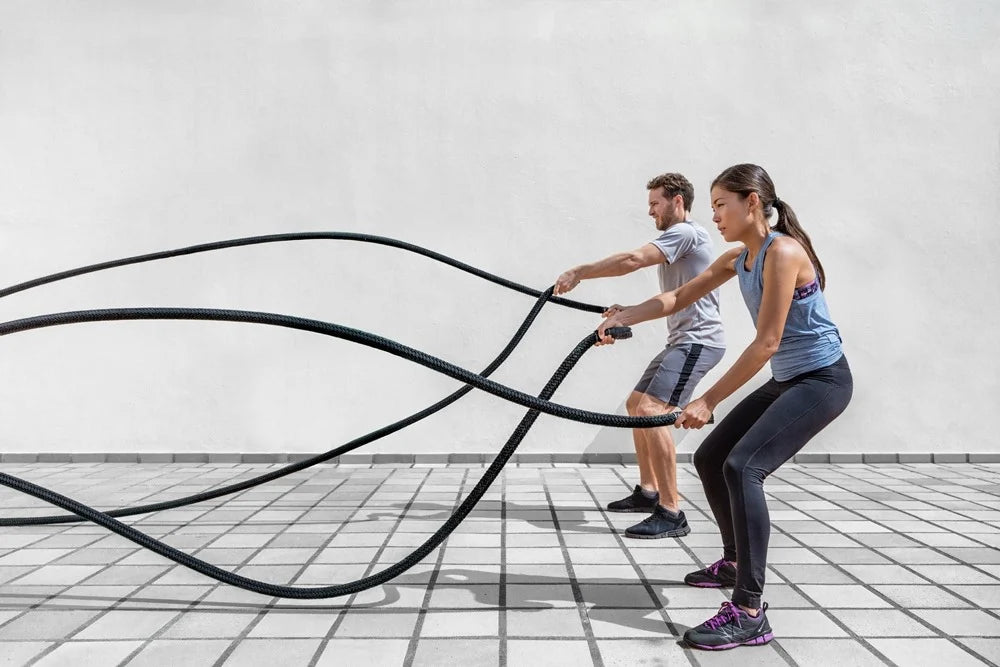In India, 53% of women suffer from anemia, as compared to 22.7% men (NFHS, 4).
It’s a huge difference and there is a reason for it, which we all need to now understand.
About 70% of your body’s iron is found in the red blood cells called hemoglobin and in muscle cells called myoglobin. Haemoglobin, as we know plays an important role in carrying oxygen to your different parts of your body. Myoglobin, especially in muscle cells plays a role in storing the releasing oxygen whenever required.
Natural Sources of iron:
Good dietary iron sources include:
- Red meat, chicken and fish
- Fortified cereals
- Legumes and nuts
- Leafy green vegetables

There is no change in the absorption rate of iron from the food. However, there is a vast difference in the iron requirements of men and women. A woman goes through different phases of her life, menstruation, pregnancy, lactation, and menopause. All these phases have different requirements, which include iron needs.
And when the requirements are not met, a woman may face a lot of symptoms like:

- Tiredness
- Feel Dizzy the whole day, do not feel fresh in the morning
- Pale skin
- Shortness of breath
- A tingling feeling
- Headaches
- Cold feet
Thus, a woman’s life means that her nutritional needs, especially iron differs greatly from those of a man.
The first stage where women’s iron requirement increases would be:
Menstruation
This is the most vulnerable period due to a sudden increase in the iron requirement of a woman. This happens because, during this period, iron gets depleted as blood comes out of the body since most of the iron is found in the blood.
Pregnancy
During pregnancy, the women’s nutrient requirement increases as compared to the adult woman, and one of them would be iron. The RDA is 35 mg/day for pregnant women of all ages compared to 21 mg/day for non-pregnant women. The body naturally produces more blood to support the growing fetus. Hemoglobin is responsible for carrying oxygen to different parts of the body and this leads to an increase in the iron requirement of the body. Along with the increase in blood, the volume is the increase in the iron requirement of the body to produce enough amount of red blood cells that will carry oxygen to the different parts of the body. Because of the increased demands for the mineral during the second and third trimesters of pregnancy, iron supplementation (30 mg/day) is usually recommended beginning at 12 weeks gestation.
Lactation
Maternal blood loss is very common during childbirth which may be one of the main reasons for maternal iron deficiency. Hence it is important to consume iron-rich foods to meet up your daily requirement.
Menopause
Menopause is a process through which a woman ceases to be fertile or menstruate. It is a normal part of life and usually happens between 45 – 55 years of life. When a woman enters this stage, her iron requirement decreases and it is almost the same as the requirement of a teenager.
Thus, it is very clear that for every woman, Iron is a vital nutrient that plays an essential role in forming healthy red blood cells and transporting oxygen.
GNC Iron Complete™ is a high potency formula that combines 30 mg of iron with iron-enhancing nutrients.
Each serving provides:
Iron: Plays a vital role in the formation of healthy red blood cells, energy utilization, and muscle function. B-vitamins: Provides folic acid and vitamin B-12, which are required for proper red blood cell formation. Iron-enhancing ingredients: Includes nutrients like vitamin C and copper, which are important for iron absorption.
Or you can opt for GNC Women’s One Daily; each serving will help meet your recommended daily allowances of those 32 essential vitamins and minerals. It will also provide you the required amount of iron and vitamin C for better absorption of the iron within your body.



